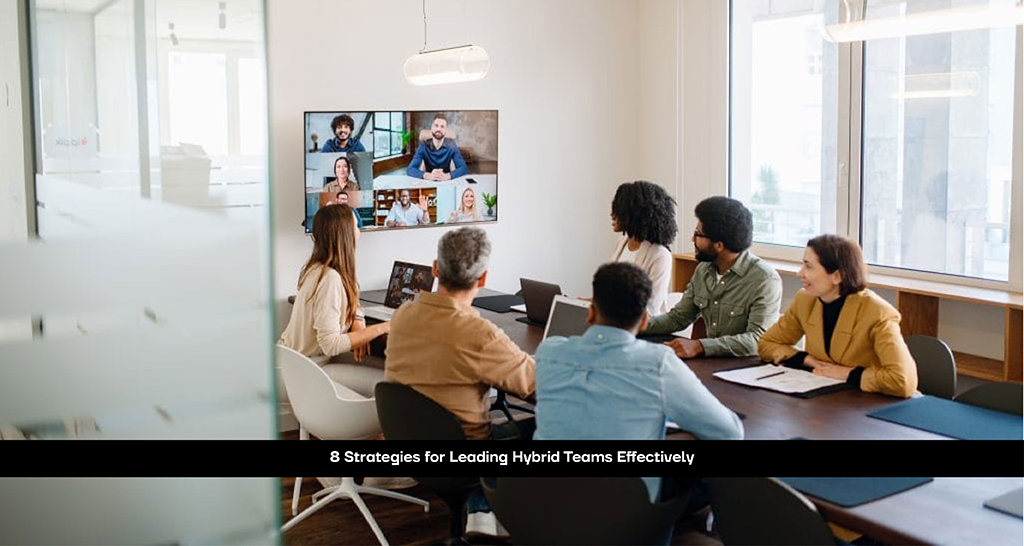In the contemporary work environment, hybrid teams that include both remote and in-office personnel are increasingly becoming the norm. Although this model provides flexibility and expands the talent pool, it also introduces distinct challenges related to communication, engagement, and performance management. Below are eight effective strategies for successfully leading hybrid teams:
Establish Clear Communication Protocols
Effective and consistent communication serves as the foundation of hybrid teamwork. Leaders must establish preferred communication platforms for different tasks, such as using Slack for brief updates and Zoom for comprehensive discussions. It is essential to set clear expectations regarding response times and meeting protocols to ensure that all team members remain aligned and respectful of one another’s time zones.
Prioritize Inclusion and Equity
Prevent the occurrence of “proximity bias,” which favors in-office employees with greater attention and opportunities. Guarantee that remote team members receive equal access to projects, resources, and visibility with leadership. Implement a rotation for meeting leadership and establish platforms that allow all voices to be acknowledged.
Set Clear Goals and Outcomes
In the absence of regular face-to-face interactions, it is essential to provide clear expectations. Implementing SMART (Specific, Measurable, Achievable, Relevant, Time-bound) goals and emphasizing results over micromanagement of processes fosters trust and enables employees to operate independently.
Leverage Technology Thoughtfully
Utilize collaboration platforms such as Microsoft Teams, Asana, or Notion to ensure that projects remain transparent and accessible to everyone involved. Promote the use of shared document repositories and recorded meetings, allowing team members to stay informed regardless of their physical location.
Encourage Team Bonding
Encourage relationships that extend beyond professional interactions by arranging virtual coffee discussions, hybrid team-building activities, or periodic face-to-face gatherings. Building human connections improves teamwork and alleviates feelings of isolation for remote employees.
Promote Flexibility and Wellbeing
Acknowledge personal schedules and provide flexibility whenever feasible. Be attentive to indicators of burnout and promote the importance of taking breaks and time away from work. Fostering mental well-being and a healthy work-life balance enhances employee morale and boosts long-term productivity.
Conduct Regular Check-ins
Conduct regular one-on-one meetings and team check-ins. These sessions are essential for early identification of obstacles, offering feedback, and monitoring team engagement. It is important to prevent the tendency to address concerns only when they escalate into significant problems.
Lead by Example
As a leader, exemplify the behaviors you wish to see in your team, such as punctuality for virtual meetings, maintaining transparency, and utilizing digital tools effectively. Your conduct establishes the foundation for a positive hybrid culture.
Effectively managing a hybrid team necessitates a deliberate approach, understanding, and flexibility. By adopting these strategies, leaders can foster an inclusive, efficient, and resilient team atmosphere, regardless of the geographical distribution of team members.

